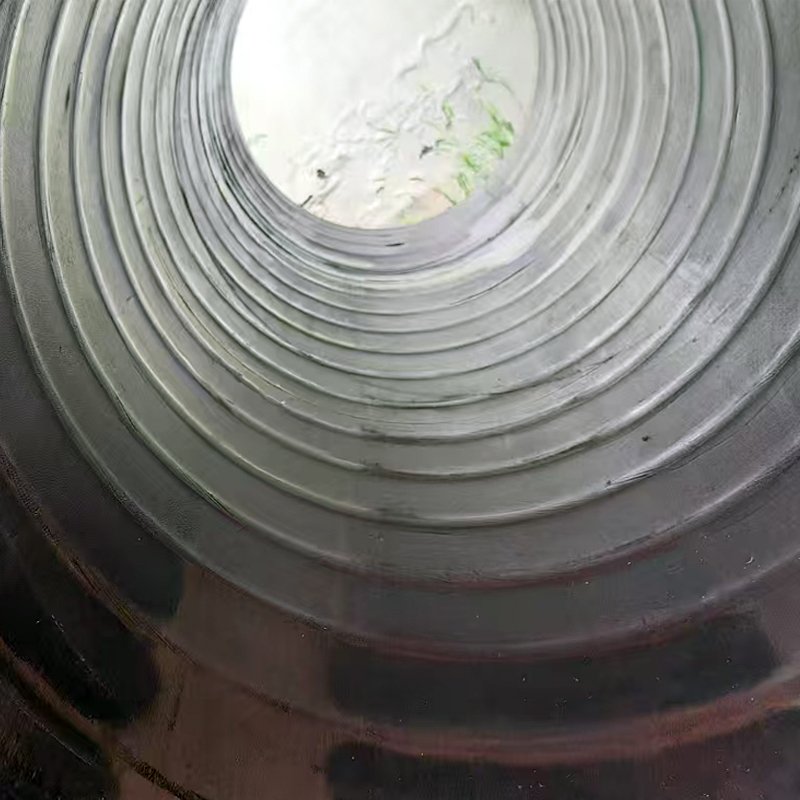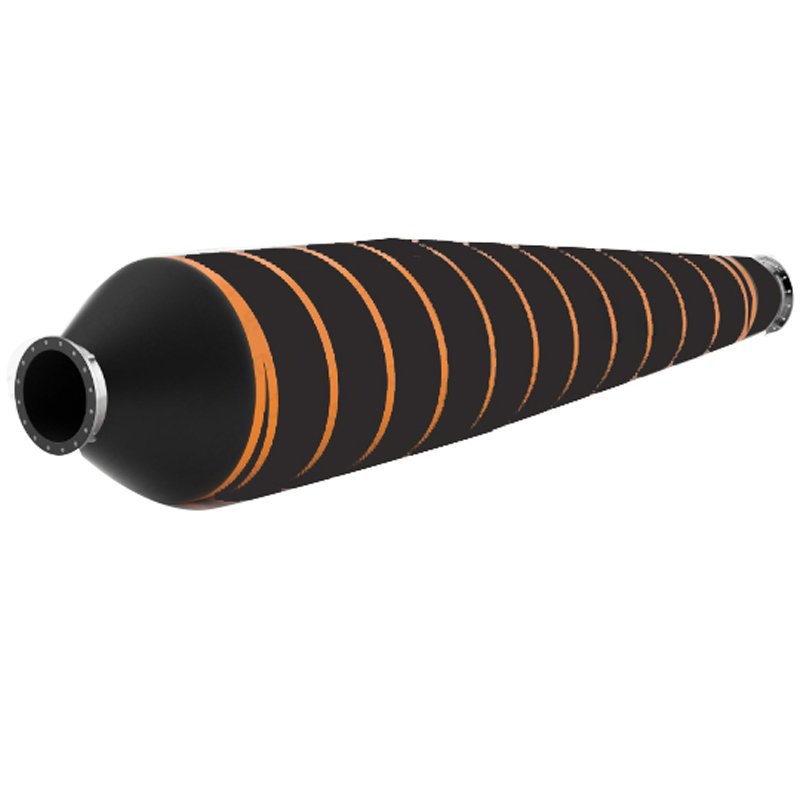How to identify the advantages and disadvantages of Tapered Floating Hose:
How to identify the advantages and disadvantages of Tapered Floating Hose:
Advantages:
1. Fluid dynamics design:
– Cone-shaped design reduces water flow resistance
– Better stability under wave conditions
2. Material benefits:
– Typically made from multi-layer composite materials (rubber, nylon, steel-reinforced)
– Strong resistance to oil and seawater corrosion
3. Operational convenience:
– End connection design facilitates quick coupling
– Even buoyancy distribution makes it easy to operate at sea
4. Durability:
– Good fatigue resistance, long service life
– Strong resistance to external impact
Disadvantages:
1. Cost factors:
– More expensive than standard straight pipes
– Maintenance costs may be higher
2. Operational limitations:
– Requires specialized equipment for installation and retrieval
– May still have issues under extreme sea conditions
3. Storage requirements:
– Needs substantial storage space
– Long-term storage requires special maintenance
4. Compatibility issues:
– May not be compatible with some older connection systems
– Adapters needed to connect different size systems
Evaluation methods:
1. Check certification: Look for international certifications such as API, OCIMF
2. Material testing: Understand specifications and thickness of each layer
3. Field testing: Observe performance under different sea conditions
4. Life assessment: Review usage history and maintenance records
When choosing, consider these advantages and disadvantages based on specific operational environment, oil characteristics, and budget.



